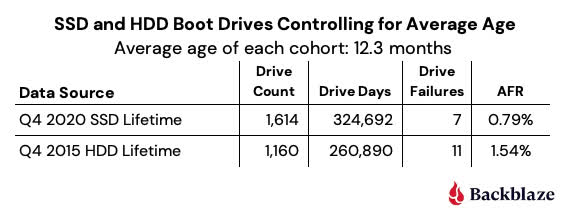

And that drive was not alone the 8TB Seagate drives (models: ST8000NM0055 and ST8000DM002) experienced the same behavior. For example, who could have predicted that the 6TB Seagate drive (model: ST6000DX000) would have ended up in the Winners quadrant given its less than auspicious start in 2015. Interestingly, each of the six models currently in quadrant II has a different backstory. Muddlers are young drives that are performing less well.Įven more interesting is Klein's second version of the qudrant chart, featuring only the "Winners":Įach drive model is represented by a snake-like line (Snakes on a plane!?) which shows the AFR of the drive model as the average age of the fleet increased over time.Challengers are drives that are currently performing well but are still young.Winners are drives that have performed well for a long time.Retirees are drives that are no longer reliable and should be replaced.We only included drive models with a lifetime total of one million drive days or with a confidence interval of all drive models included being 0.6 or less. Third, Klein's innovation of two forms of a quadrant chart:Įach point on the Drive Stats Failure Square represents a hard drive model in operation in our environment as of and lies at the intersection of the average age of that model and the annualized failure rate of that model. Only 86 drives out of a total of 886 have failed in nearly seven years. 98% of the drives (859) were installed within the same two-week period back in Q1 2015. The 6TB Seagate (model: ST6000DX000) continues to defy time with zero failures during Q1 2022 despite an average age of nearly seven years (83.7 months). Second, when I say "incredibly reliable" I mean something like this: Iit may not sound like much, but improving the reliability of an already incredibly reliable product by 0.1%/year is a significant achievement. One year ago (), the lifetime AFR was 1.49%. That was down from 1.40% at the end of 2021. The lifetime annualized failure rate for all the drives listed above is 1.39%. First, a tribute to the disk vendors' " kaizen" (continuous improvement) process: Below the fold I comment on both.Īpart from the appropriate Star Wars quotes Klein uses as section headings, there are a number of interesting tidbits in the Q1 2022 stats. It has been a long time since I blogged about the invaluable hard drive reliability data that Backblaze has been publishing quarterly since 2015, so I checked their blog and found Andy Klein's Star Wars themed Backblaze Drive Stats for Q1 2022, as well as his fascinating How Long Do Disk Drives Last?.


 0 kommentar(er)
0 kommentar(er)
